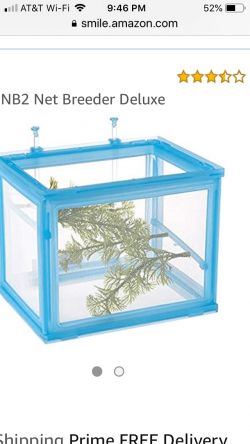You don't use baby brineshrimp for baby Bettas until the Betta fry are at least 2 weeks old.
The eggs are hatched in salt water and the brown egg shells will float or sink. The baby brineshrimp are orange in colour and gather near light.
Brineshrimp can survive in fresh water for a couple of hours but eventually die.
Brineshrimp can live in sea water permanently.
You feed the babies at least 3 times per day and 5 times a day is better.
I use an eye dropper to suck out the baby brineshrimp and add a couple of drops to the tank with the baby fish. You can see the orange brineshrimp in the fish's stomach.
When the fish have eaten as much as they can, then add a few more drops of baby brineshrimp and the fish fry will eat them over the next hour or so.
----------------------------
The same principle is used for boiled egg yolk. Feed them at least 3 times a day and add a small amount each time. Disperse it through the water and the fry will eat the small particles.



